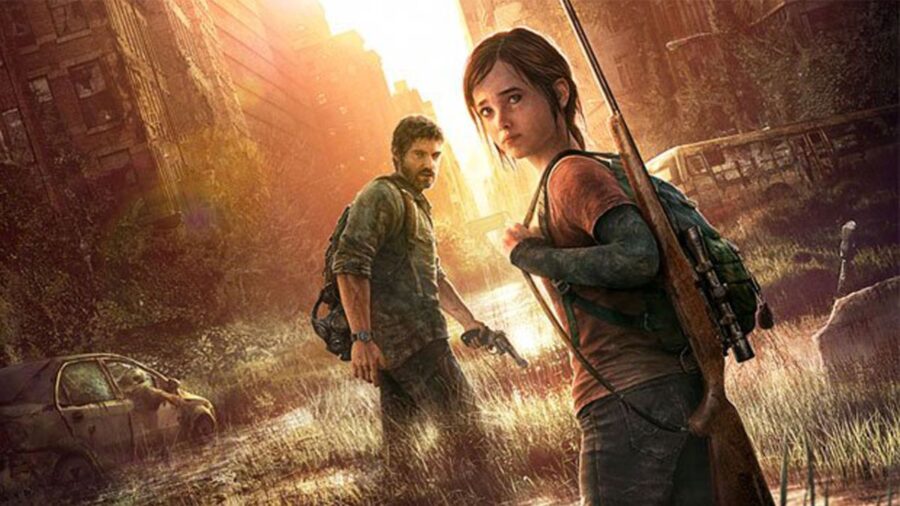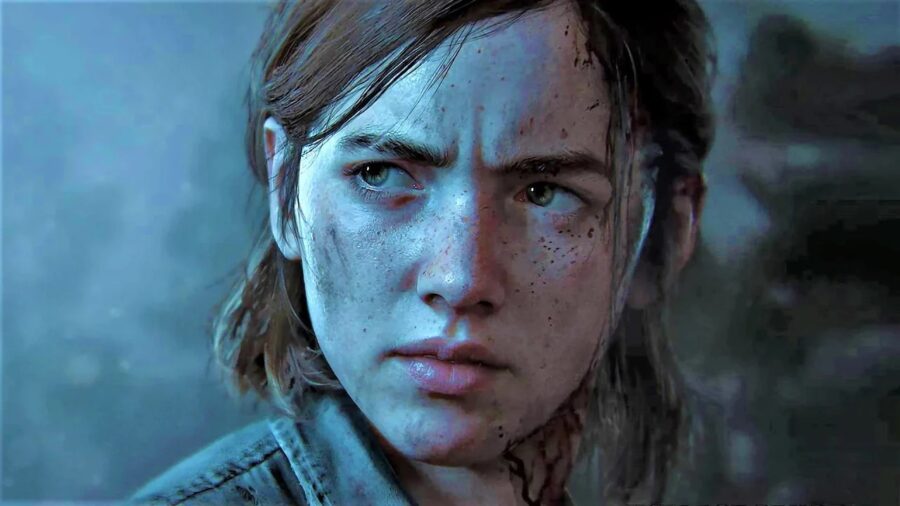The Last Of Us Just Got A Huge Patch
The PC version of The Last of Us Part I just received a 25GB data patch.

The long-awaited PC version of The Last of Us Part I just received 25GB worth of patch data in an update that improves framerate, texture fidelity, and much more. It’s worth noting that this is the game’s seventh patch since it was released more than a month ago, which admittedly isn’t as bad as Cyberpunk 2077 and Electronic Art’s Battlefield 2042 were at their respective releases.
As reported by IGN, the recently dropped The Last of Us Part I patch resolves some of the framerate issues by optimizing the GPU and CPU performance. Additionally, the update also implemented several new options for texture streaming rate, texture and resolution enhancements for those playing on medium-spec and budget rigs, and several fixes for various instances which would’ve triggered the game to crash. In total, Naughty Dog and Iron Galaxy released a total of 22 bug fixes for the game.
It’s nice to see developers and port studios working together to improve the gaming experience we paid for, and Naughty Dog stated the Iron Galaxy is actively working on optimizing the game’s stability and implementing additional fixes, which will be implemented in future updates. Specifically, both companies are looking to improve framerate, texture fidelity, and CPU optimization—which are basically all the areas in which the game doesn’t perform as admirably on certain hardware and causes excessive crashing.

The PC version of The Last of Us Part I launched with a number of technical issues, which led to overall poor performance and excessive crashing, leading to review bombing on Steam, where more than 9,000 users gave the game a negative rating. One month and seven patches later, the game’s rating on Steam was elevated to a mixed rating, with nearly 18,000 users giving their two cents on the game. A bit unexpected considering the gaming title we’re discussing, but not as surprising considering that PC gamers are an exceptionally tough crowd.
This only goes to show just how much more difficult the development of PC games really is, compared to consoles. Development of all gaming titles for consoles, including The Last of Us Part I, is primarily done on the PC platform using the console manufacturer’s software development kit. Then it’s further optimized for the console’s hardware, polished up (supposedly), and launched into the ether. The fact that games are optimized for a very limited number of hardware iterations makes development much easier and streamlined.
However, when you’re porting a game, such as The Last of Us Part I, from a console platform to a PC, you’re bound to run into some trouble as a gaming developer. Even if you’re porting from Xbox, which is supposedly a “sister platform.” PC hardware is indefinitely more diverse, and developers have to account for nearly every possible variable just to make their games run on all that different hardware.
So, it’s not really surprising that The Last of Us Part I launched with some technical issues. Given the industry standard in which we get a half-baked game with nearly every release, and with physical discs associated with various Collector Editions having only a part of the game on them—EA strikes once again; we’re talking about Star Wars Jedi: Survivor—we’d say that The Last of Us Part I fares pretty well. Nothing a few patches wouldn’t fix.












